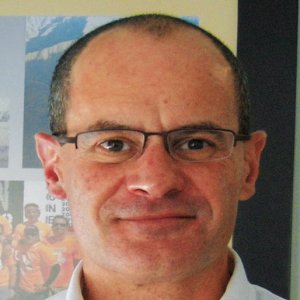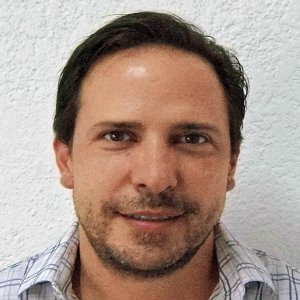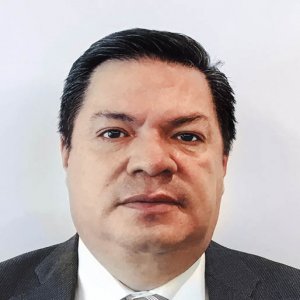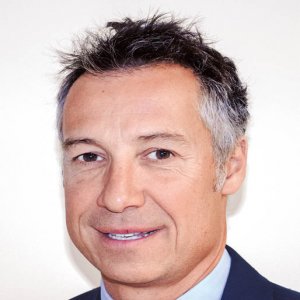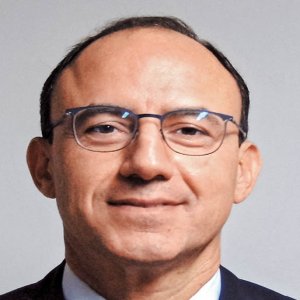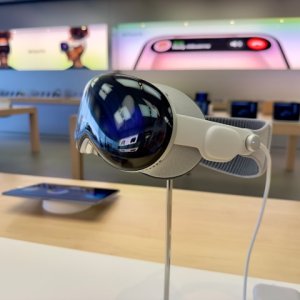Innovating in Preventive Medicine: Imagenology, Software

STORY INLINE POST
Q: What solutions do you offer in Mexico? Who are your key customers?
A: There are five great subdivisions in which we are working but imagenology is the most important for us. In this division, we sell the only 50-micron mammography machine on the market able to perform tomosynthesis and enhanced-contrast mammographies. Over 400 hospitals and clinics are fully integrated through our medical IT division, either through the cloud or individual clouds. To this end, Fujifilm just released its newest product globally: Vendor Neutral Archive (VNA) software, which fully interconnects hospitals and their departments. Our endoscopy division participates in tenders for both IMSS and ISSSTE, because these institutions perform many more endoscopies than the private sector. The fifth division is ultrasound, an area in which we are highly specialized and which produces Sonosite, our key product.
Q: What value does VNA software offer the health industry?
A: VNA interconnects hospitals within a system to produce the complete medical profile of a patient, including the results of medical tests, and provides it to the physician. It would be complicated for a single software supplier to provide all required solutions in this category to IMSS, the second-biggest health institution worldwide. I think the best choice is not a single unified system for every physician but rather there should be an appropriate system for each physician and the chance for that system to be interconnected with the rest. Telecommunication companies will be Fujifilm’s allies during the entrance process of VNA and therefore we work hand-in-hand with them. We have signed a commercial alliance with Telmex. We have the know-how, but they are aware of the market.
Q: How will Fujifilm manage the Big Data obtained through VNA?
A: In medicine, there is a smaller amount of Big Data than in other industries, so we manage it differently. While there is a high quantity of small data in other sectors useful for creating statistics, in medical IT we have fewer files, but they occupy much more digital memory. For example, a mammography machine is used to produce a final image of around 40MB, although our latest mammography machine can produce a final image of over 200MB. If this mammography includes tomosynthesis, the file is 10 times larger. Finally, the resulting mammography will be a single file of one gigabyte. Thus, Big Data must be managed differently.
Digital technology enables the making of thousands of photographs to produce more precise diagnoses and our imagenology system can produce four or five thousand images per test. New technology is needed to process and manage these images at the rate the physician needs to visualize them. To meet this need, Fujifilm developed a visualizing platform called Picture Archiving and Communications Systems (PACS). This software administers the images and uses a new platform called DICOMweb. This technology interprets all the archives it receives and provides better test results in less time. Mexico invests the least in health in the OECD, with public spending at US$541 per capita yearly and US$1,052 including both private and public spending per capita per year as of 2015. About 30 percent of this money will be used for medicine and the portion left for medical equipment is low. I think this has been changing lately and we are becoming less corrective and more preventive. To prevent breast cancer, Mexico needs to invest in early detection equipment, which in the long-term will save more money.
Q: Fujifilm invested in cellular regeneration company Regcell. What are the advantages of such investments?
A: Fujifilm’s value is its innovation and the company does not want to fall behind. As part of that the company has been investing in cellular regeneration through companies such as Regcell. Today, it is possible to send a DNA sample and receive a piece of skin for healing burns. The goal of the technology is to develop a cellular 3D printer capable of printing different kinds of tissue. Tissue and organ regeneration is where the industry is heading.
